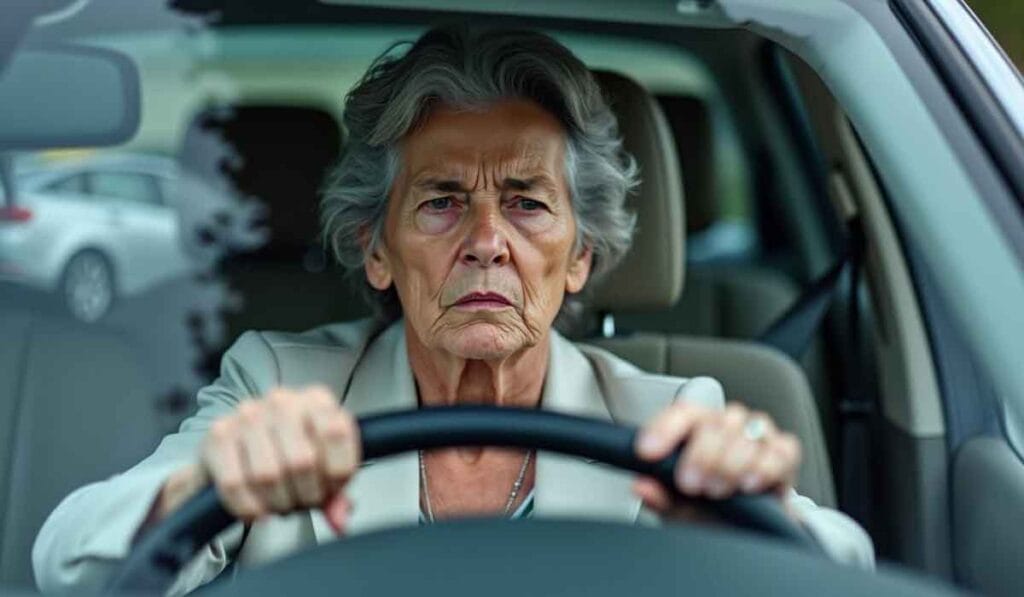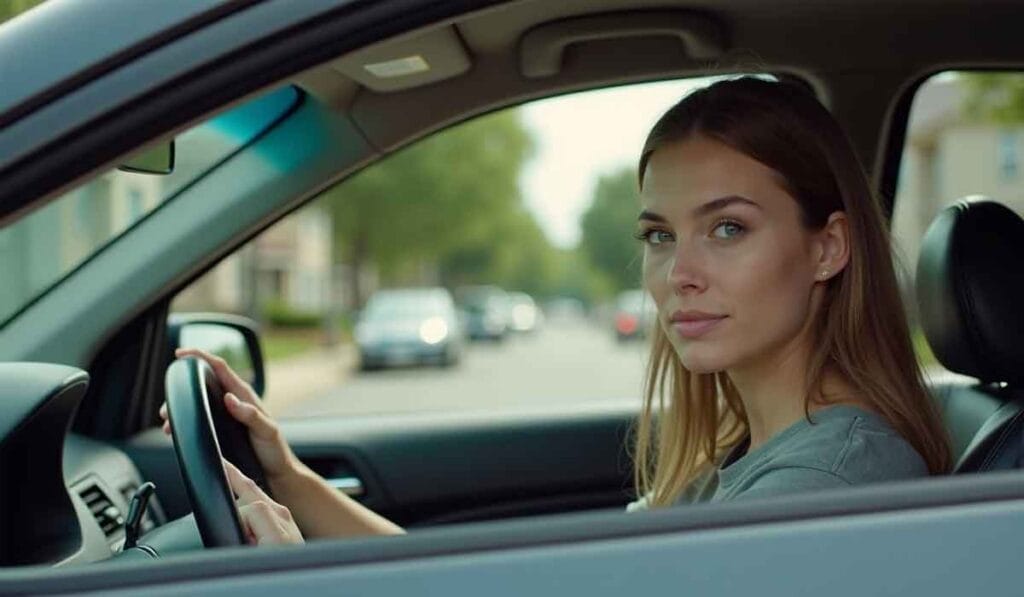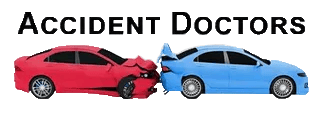The Complete Guide to For Overcoming Fear After A Car Accident
Being scared to drive after a car accident is common.
Studies show that many people develop anxiety disorders or even panic attacks when thinking about getting back behind the wheel.
This article will provide you with practical tips and expert advice on how to overcome fear of driving after an accident.
Ready to regain your confidence?
Please note: We are accident doctors who charge you $0 out of pocket for the best after car accident medical care.
You should come in and get treated by us first, develop a customized recovery plan, and then let us refer you to the best auto accident attorneys in Phoenix or Mesa.
Key Takeaways
Primary Recovery Steps
Gradual Exposure
- Start as a passenger first.
- Begin driving in quiet neighborhoods.
- Stick to familiar routes initially.
- Gradually increase driving distance.
- Practice during low-traffic times.
Therapeutic Approaches
Professional Support
- Cognitive Behavioral Therapy (CBT) for coping strategies.
- Exposure therapy for systematic desensitization.
- Psychotherapy for trauma processing.
- Medication options when necessary.
- Regular mental health monitoring.
Understanding Vehophobia
Common Symptoms
- Anxiety when thinking about driving.
- Physical reactions like sweating and rapid heartbeat.
- Intrusive thoughts about accidents.
- Flashbacks and nightmares.
- Difficulty sleeping.
Confidence Building
Practical Actions
- Enroll in defensive driving courses.
- Practice relaxation techniques.
- Set achievable driving goals.
- Document progress.
- Build positive driving experiences.
Support Systems
Essential Resources
- Professional medical care.
- Mental health support.
- Family and friend assistance.
- Support groups.
- Educational resources about trauma recovery.
Exploring Vehophobia
Vehophobia, or the fear of driving, haunts many people after a car accident.
You might feel anxious even thinking about getting behind the wheel again.
Identifying Symptoms of Vehophobia

Fear of driving can show up in many ways. You might feel anxious or have a pounding heart just thinking about getting behind the wheel.
Intrusive thoughts about accidents may flood your mind, making it hard to focus on anything else.
Difficulty breathing is another sign. Your palms might sweat, and you could experience high blood pressure.
Flashbacks from a previous car crash often trigger these reactions, leading to post-traumatic stress disorder (PTSD).
Nightmares and trouble sleeping can also be common symptoms.
Every time I saw a red light, my chest tightened, shared Laura, an accident survivor who battled vehophobia for years.
Examining Common Causes

Accidents can trigger intense feelings and memories. A car crash may cause your driving anxiety or post traumatic stress disorder (PTSD).
The traumatic event itself often leads to vehophobia, a specific phobia of driving.
Physical pain from personal injury might create an association between being in a car and suffering. After a car accident, simply being in a vehicle again can trigger feelings of fear and anxiety, which could significantly slow your recovery if left unaddressed. This association can be a significant hurdle for individuals trying to move past their trauma and resume their normal activities. In addition to dealing with the psychological impact of the accident, it’s important for individuals to watch out for delayed symptoms of physical injury, as these can sometimes manifest days or even weeks after the initial incident.
Certain situations increase the risk of developing these fears. If the accident involved negligence, such as reckless driving or ignoring traffic laws, it could leave you feeling vulnerable on the road.
Loud noises or sudden movements afterward may bring back flashbacks to the auto accident.
These triggers can make getting back behind the wheel feel like facing a monster under your bed every day.
Practical Steps to Regain Confidence on the Road
Feeling nervous about driving again is normal after a car accident. Start small and work your way up to more challenging situations.
Begin as a Passenger

Start your journey back to driving as a passenger. Sitting in the car without the responsibility of driving helps you ease into the experience again.
This step will let you observe and absorb road behavior.
Support from friends or family can make this process smoother. Seeing how others handle traffic and staying calm can boost your confidence. Take notes mentally on what feels safe and comfortable.
Everyone starts somewhere; it’s okay to take it slow.
Next, venture into quiet areas behind the wheel yourself.
Drive Gradually in Quiet Areas

Taking it step by step can really help. Drive slowly in quiet areas to regain your confidence behind the wheel.
Quiet neighborhoods offer a calm environment with less traffic and fewer distractions.
Stick to familiar routes at first. This reduces anxiety and helps build positive memories of driving again.
As you grow more comfortable, gradually extend the distance you travel.
Enroll in a Defensive Driving Course

You learn how to anticipate other drivers’ actions, which reduces anxiety. Defensive driving also helps lower insurance costs while making roads safer for everyone.
Recovery from a motor vehicle accident becomes easier with better driving habits and increased awareness.
Therapeutic Approaches to Overcome Fear

You can deal with your fear in many different ways. Therapy sessions and medication may help reduce your crippling anxiety after an accident.
Participate in Psychotherapy

Talking with a therapist helps you process traumatic experiences. Cognitive Behavioral Therapy (CBT) teaches coping strategies to manage your fear.
You face your worries in small steps through exposure therapy.
A therapist can offer support and insight into your mental health issues. Behavioral therapies help break the cycle of anxiety and fear after a car accident.
Psychotherapy offers tools to regain control over your emotions and actions on the road again.
Consider Medication Options

If fear still lingers, think about medication options. Doctors often prescribe benzodiazepines for short-term relief of intense anxiety. These drugs can help you relax and reduce worry.
Beta-blockers are another option; these meds curb physical symptoms like elevated blood pressure and adrenaline rushes.
Discussing these choices with healthcare professionals ensures you get the right treatment without adverse side effects.
Conclusion

You can beat fear after a car crash. Start with small steps, like being a passenger.
Gradually take on bigger challenges, like driving in quiet areas or taking a defensive driving course.
Therapy and sometimes medications can help too. Be patient with yourself!
FAQs
1. What is prolonged exposure therapy and how can it help after a car accident?
Prolonged exposure therapy (PE) helps individuals confront their fears by gradually exposing them to trauma-related memories or situations. This method can reduce fear and anxiety that linger after a car accident.
2. Are there any medications that can aid in overcoming fear post-accident?
Yes, sedatives and other drugs used under professional guidance might relieve stress and anxiety. However, dependence on these should be avoided.
3. Can cognitive behavioral therapies assist with phobias developed from a car crash?
Absolutely! Cognitive behavioral therapies work by changing negative thought patterns, helping you manage the fear associated with your traumatic experience.
4. Should I consider legal advice if my accident led to severe emotional distress?
Consulting personal injury attorneys or a law firm specializing in personal injury law could be beneficial if you seek compensation for non-economic damages like emotional distress.
5. How effective are alternative methods such as hypnotherapy or meditation for dealing with post-accident fears?
Hypnosis and meditation have shown promise in calming the mind and body, providing emotional support without relying solely on traditional mental healthcare techniques.
6. Is it normal to need professional help after an accident involving violence or significant trauma?
Yes, seeking therapists who specialize in treating obsessive-compulsive disorder or other related conditions ensures proper attention to your mental health needs following traumatic events like motorcycle accidents or mass tort incidents.

